Victor HC-90 MSX2 with dual CPU
The Victor HC-90 is an MSX2 computer created in 1986 by JVC (Japan Victor Company). The HC-90 was manufactured for the Japanese market. It has a light-gray case and comes with a Japanese keyboard.
The HC-90 is equipped with dual CPUs:
- The Z80
- The Z180 for Turbo
Also on the front of the case are sliders for the audio, color enhancement and tint. The computer has built in superimposing and a frame grabber, and some models have a switch on the back of the computer to enable or disable the superimposing synchronization signal search.
There were several models of the HC-90, the HC-90, HC-90 A&B and the HC-90 V&T models. The A&B models had 64KByte of RAM, and used the V9938 VDP, while the V&T models came with 256KByte RAM and used the V9958 VDP. Other changes between the models were minor differences in circuitry and the addition of the synchronization search switch. A final model was produced, the HC-90 H with a built in 40MByte hard drive, meant to be used by Japanese Cable TV Operators for things like on-screen text in broadcasts.
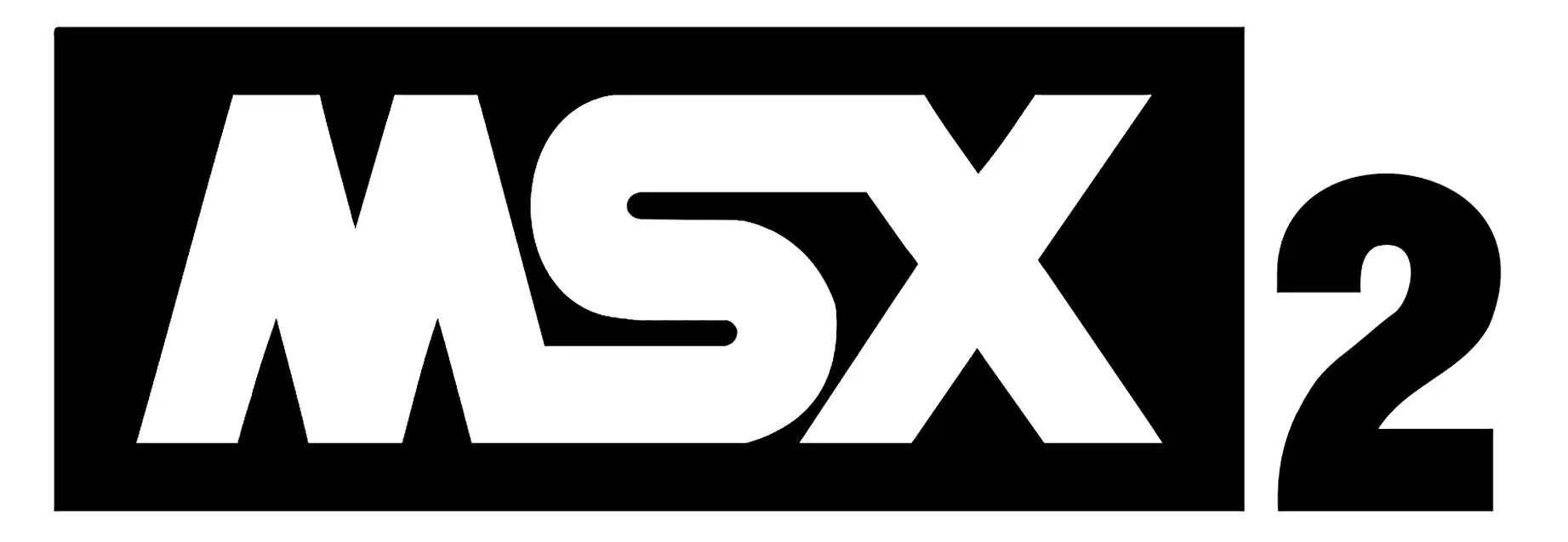
The MSX2 Standard was introduced as successor to the MSX standard. The biggest improvement on the standard were the video capabilities of the system. Where the MSX-1 was quite capable with 16 colors and hardware sprites, it had some limitations. The graphics mode was pattern based, which meant that pixels were grouped by the 8, and each 8 pixels could only have one foreground and one background color. For games and pictures this meant that there was a color spill effect, colors bleeding over in unwanted areas.
The MSX2 introduced a new Video Display Processor, the V9938. This chip had the capacity to display 256 color simultanously, or have graphics modes with 16 colors out of a 512 color palette. It had true bitmapped graphics, that offered multiple in-memory pages for double buffering or vertical scrolling. The sprite system now supported multi-color sprites, and up to 8 sprites per scan-line. The Video RAM was defined to be at least 64KByte, but most systems came with 128KByte which was the maximum the V9938 supported.
The V9938 made it possible to create some great games. The most famous is the very first version of Konami's excellent game Metal Gear.
MSX Cassette Pin Layout
The MSX Standard calls for all MSX computers to have a standard data-cassette port. This port transports the audio-in/out signals to and from the datarecorder and the computer has a relay-switch on board to turn the recorder on and off.
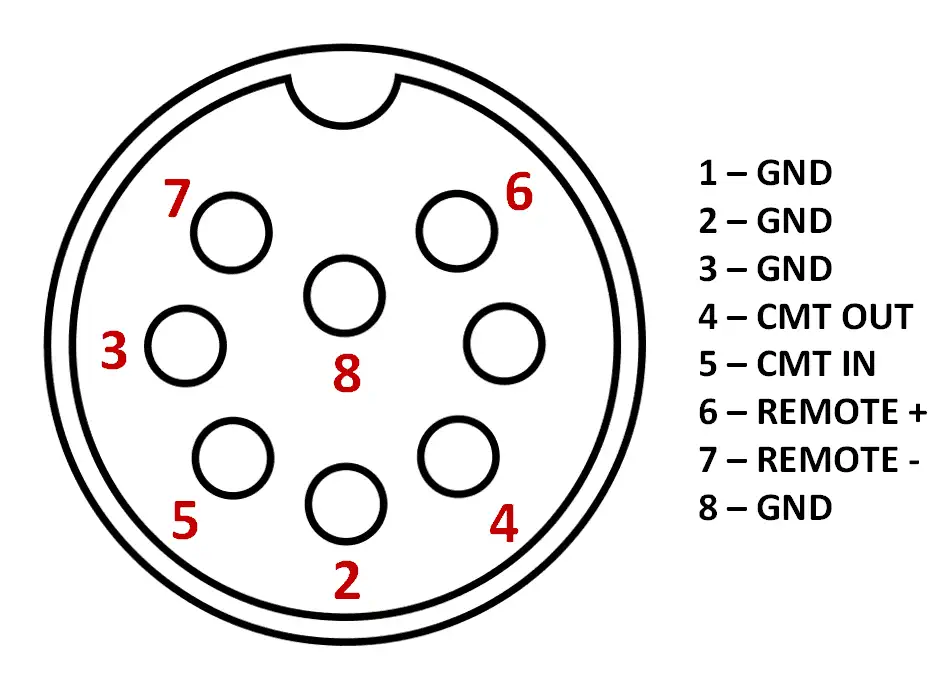
MSX Cartridge Connector
The MSX Cartridge system uses a 50-pin flat-edge connector to connect to the systems expansion bus. The cartridge slot maps into one of the main- or sub-slots.
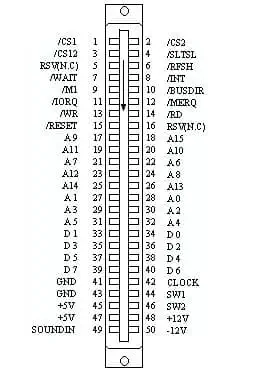
MSX Joystick Connector
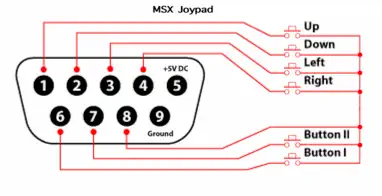
V9938 Video Display Processor
The V9938 is a video display processor developed by Yamaha. It is mainly used on MSX2 computers, but also in teh Tatung Einstein 256 and the Geneve 9640 enhanced TI-99/4A clone. Some MSX-1 computers used it with 16kByte of memory to enable a 80 column text display
Specifications:
- Video RAM: 16-192 KByte
- Text mdoes: 80x24, 40x24, 32x24 (with sprite capability and multi-color)
- Graphics: 512x212 (16 colors from 512), 256x212(16 colors from 512) and 256x212 in 256 colors
- Sprites: 32 sprites, 16 colors (2 per line), 8 sprites per scanline
- Hardware Accelleration for copy, line, fill and logical operations
- Interlacing for doubling of resolution
- Vertical scroll register
- Clock: 21 MHz
- Superposition and digitization capabilities
- Video Output: 15 kHz
- Support for lightpen and mouse<
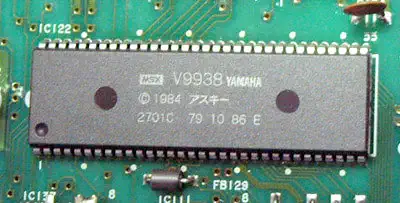
CPU View - Zilog Z80 Family
The Z80 quickly became popular in the personal computer market, with many early personal computers, such as the TRS-80 and Sinclair ZX80, using the Z80 as their central processing unit (CPU). It was also widely used in home computers, such as the MSX range, SORD, and the Amstrad CPC, as well as in many arcade games. Additionally, it was also used in other applications such as industrial control systems, and embedded systems. The Z80 was widely used until the mid-1980s, when it was gradually replaced by newer microprocessors such as the Intel 80286 and the Motorola 68000.
The Z80 microprocessor was developed by Zilog, a company founded by Federico Faggin in 1974. The Z80 was released in July 1976, as a successor to the Intel 8080. It was designed to be fully compatible with the 8080, but also included new features such as an improved instruction set, more powerful interrupts, and a more sophisticated memory management system.
The Z80 quickly became popular in the personal computer
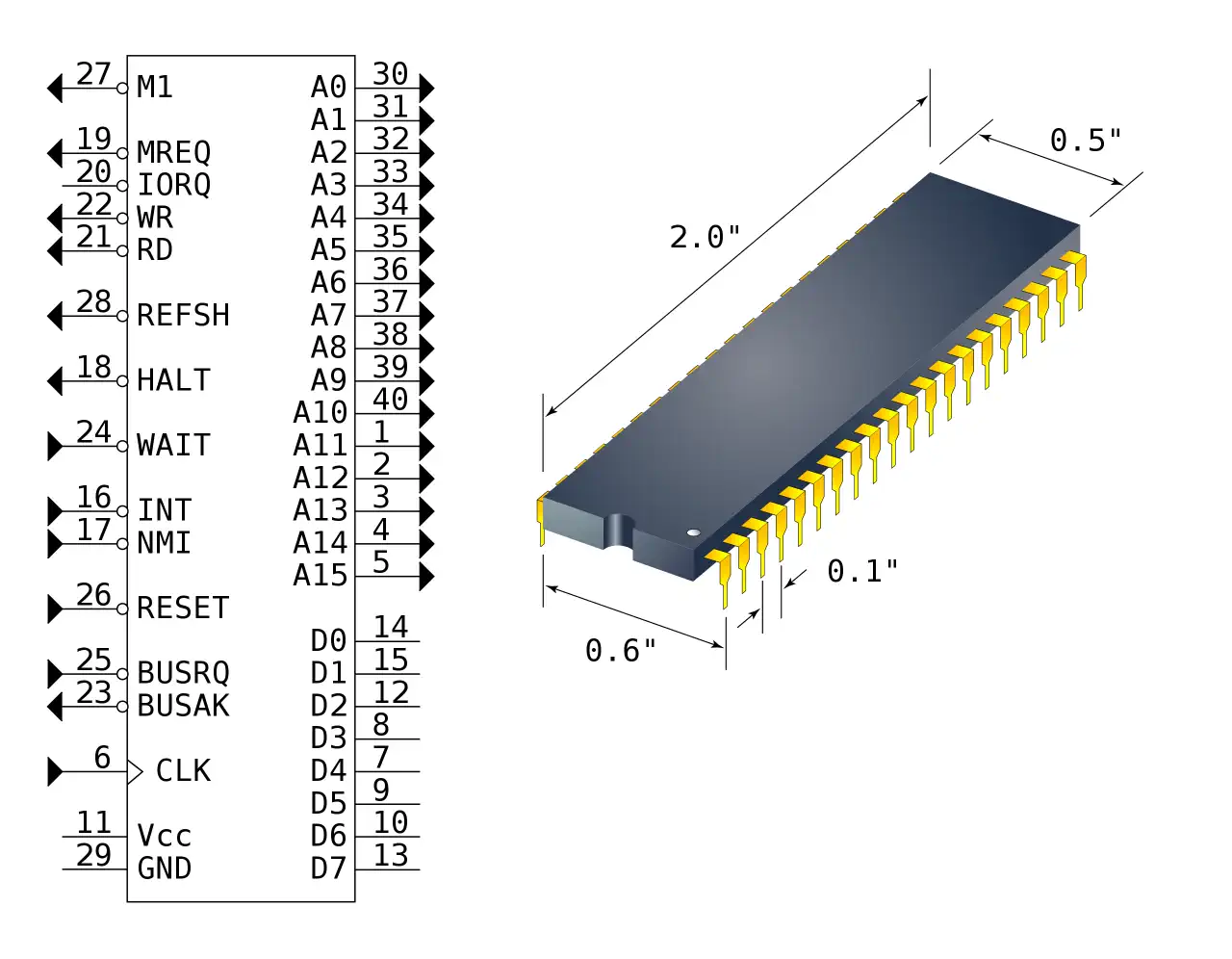
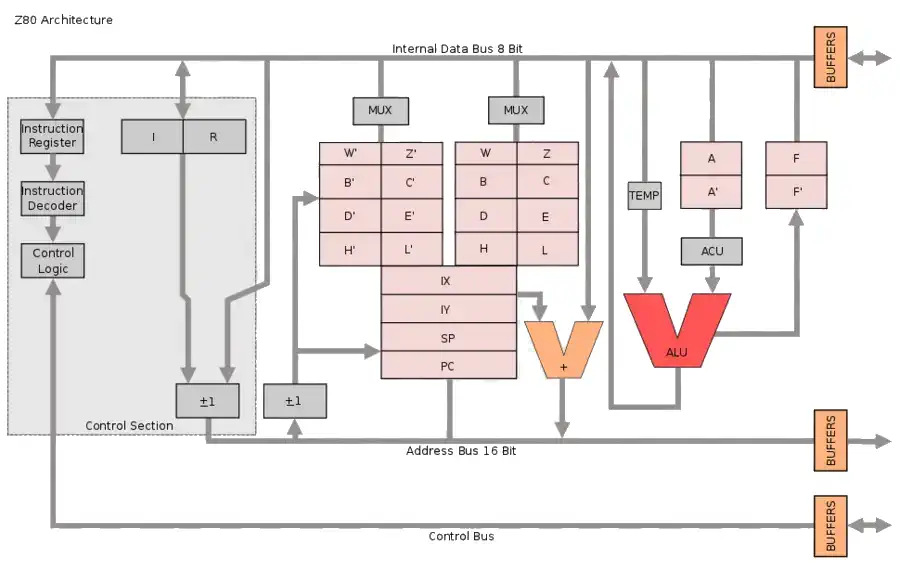
VRAM: 128kB Sound Chip Yamaha YM2149F Programmable Sound Generator Sound 3 wave channels + white noise Display Chip Yamaha V9938 VDP Display All MSX-1 modes
256x212 16 color
512x212 4 color
512x212 2 color
256x212 256 color Best Text 80x24 Best Color 256 simultaneous, or 16 out of 512 colors Graphics 512x424 interlaced Sprites 16 colors out of 512, 16x16, 8/scanline, 64 total System OS MSX 2 BIOS / MSX 2 BASIC Storage Internal Double sided sided 3.5" disk drive, external Tape, ROM cartridges

